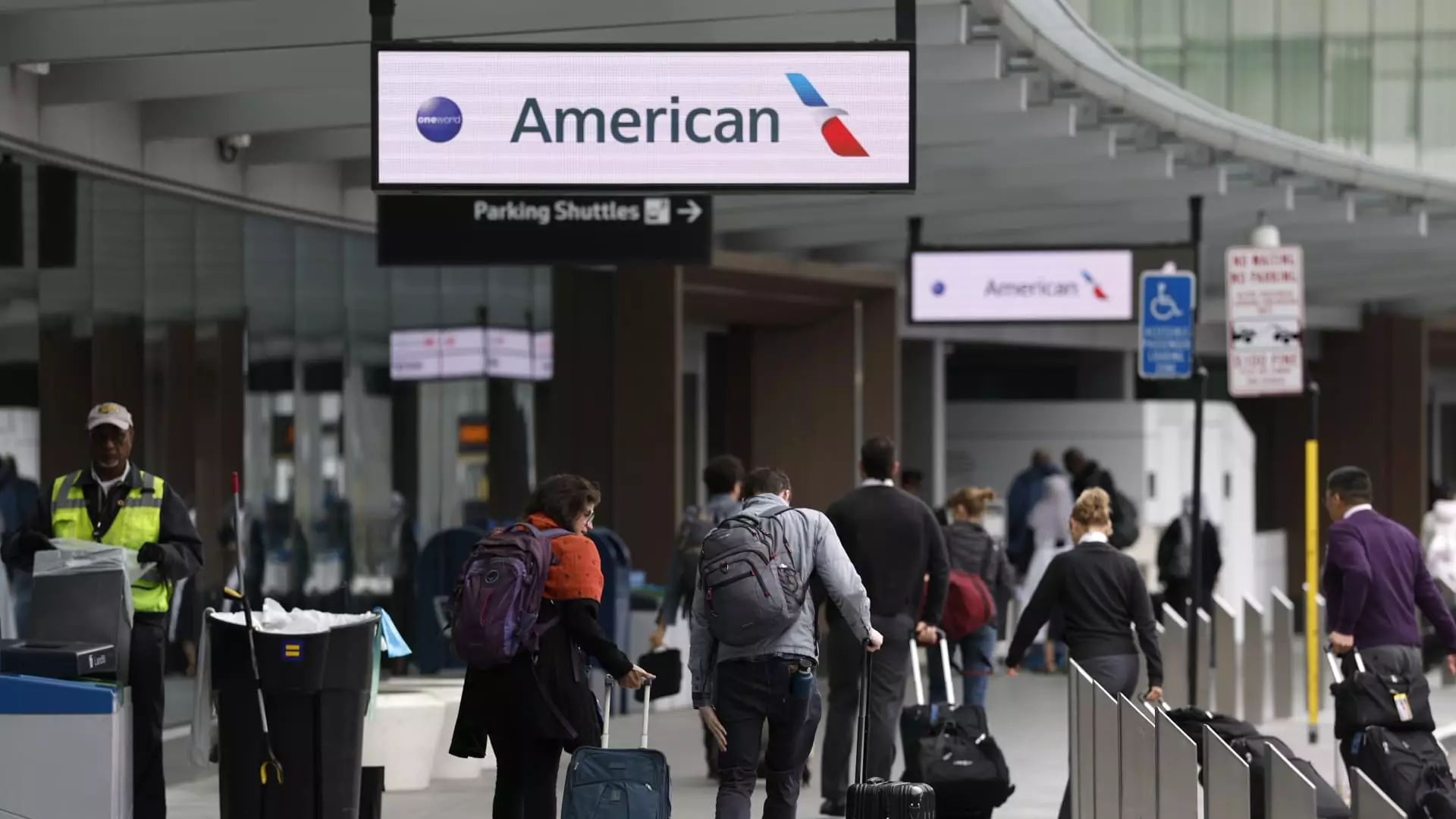In recent discussions with Wall Street, airline CEOs have signaled a troubling trend: domestic travel demand appears to be softer than their overly optimistic predictions for 2025. Many executives, including American Airlines CEO Robert Isom, have cited a confluence of factors causing passengers to tighten their purse strings, from economic uncertainty to the complex fallout of tariff policies. Isom’s candid acknowledgment that “nobody really relishes uncertainty” underscores a critical point: when anxieties about the economy loom, discretionary spending, especially on potential vacations, often takes a corresponding dip. The fallout? An overabundance of unsold airline seats that may lead to serious financial ramifications for the industry.
Capacity Cuts and Reassessments
Several major airlines, including Delta and Southwest, are now re-evaluating their previously ambitious plans for capacity growth. This revision reflects a broader reaction to market conditions, highlighting just how fragile the airline business can be amidst wider economic turbulence. The words of Delta CEO Ed Bastian resonate deeply: despite earlier proclamations of an optimistic growth trajectory in corporate travel, the reality is showing signs of stagnation. As companies navigate through the same turbulent waters as individual consumers, the reliance on business travel—a segment largely insulated from price sensitivity—appears increasingly precarious. Airlines are now caught in a dilemma, holding onto excess capacity while preparing for what looks like a less certain summer travel season.
Price Wars and the Impact on Airfare
As the demand for tickets wanes, a price war is brewing in the skies. Recent statistics show that airfare has already dipped by 5.3% compared to last year, a significant decline driven primarily by the need to fill planes. What once seemed like a healthy growth in air travel now raises questions about sustainability in the long term. Thiscompetitive landscape risks eroding fares significantly, which in the past have provided the industry with vital revenue streams. Perhaps more alarming is the fact that these reductions aren’t purely the result of seasonal variations. Even as traditional peak travel times approach, the depletion of corporate travel continues to paint a grim picture for airlines hoping to ride out economic uncertainty.
Corporate Travel: The Canaries in the Coal Mine
Corporate travel has always served as a bellwether for the health of the airline industry. The harsh reality is that once uncertainty creeps into the economic landscape, businesses quickly curtail travel spending. Conor Cunningham, a travel analyst at Melius Research, puts this into perspective: the first expense often to go is business travel. With increasing signs of stagnation in this segment, as articulated by Delta’s CEO, the airlines’ revenue predictions become even more precarious. Businesses facing their own set of economic struggles are opting for virtual meetings over in-person attendance, compromising one of the airline industry’s most lucrative income sources.
What Lies Ahead: A Cautiously Pessimistic Outlook
The prevailing sentiment among airline executives is increasingly somber. Though certain sectors, such as international travelers, continue to demonstrate resilience, the overarching economic uncertainties cast a long shadow over the industry. Alaska Airlines acknowledges that while their demand remains solid, ticket prices are no longer enjoying the stability they once had. Financial analysts might argue that potential retractions in fares may complicate recovery efforts, especially when the industry is still attempting to rebound from recent turbulence caused by global events.
The Road to Recovery: Will Certainty Prevail?
Amid this cacophony of negative signals, Isom holds onto a sliver of optimism, asserting that “certainty will restore the economy, and I think it will restore it pretty quickly.” However, this lays a heavy burden on the powers that be to provide a conducive environment for economic recovery. The airline industry exists at the intersection of consumer sentiment and economic policies, and the current climate demands vigilant attention to ensure that panic does not sweep through the wider market. As stakeholders in this industry prepare for potentially tough times ahead, one thing is clear: the lingering specter of recession is an urgent challenge that cannot be ignored.

